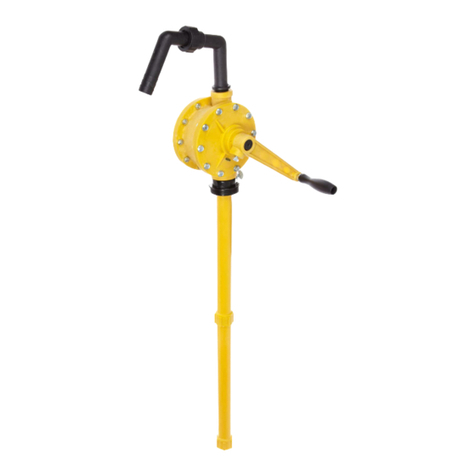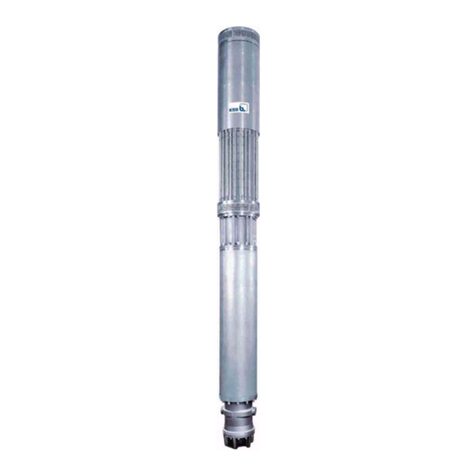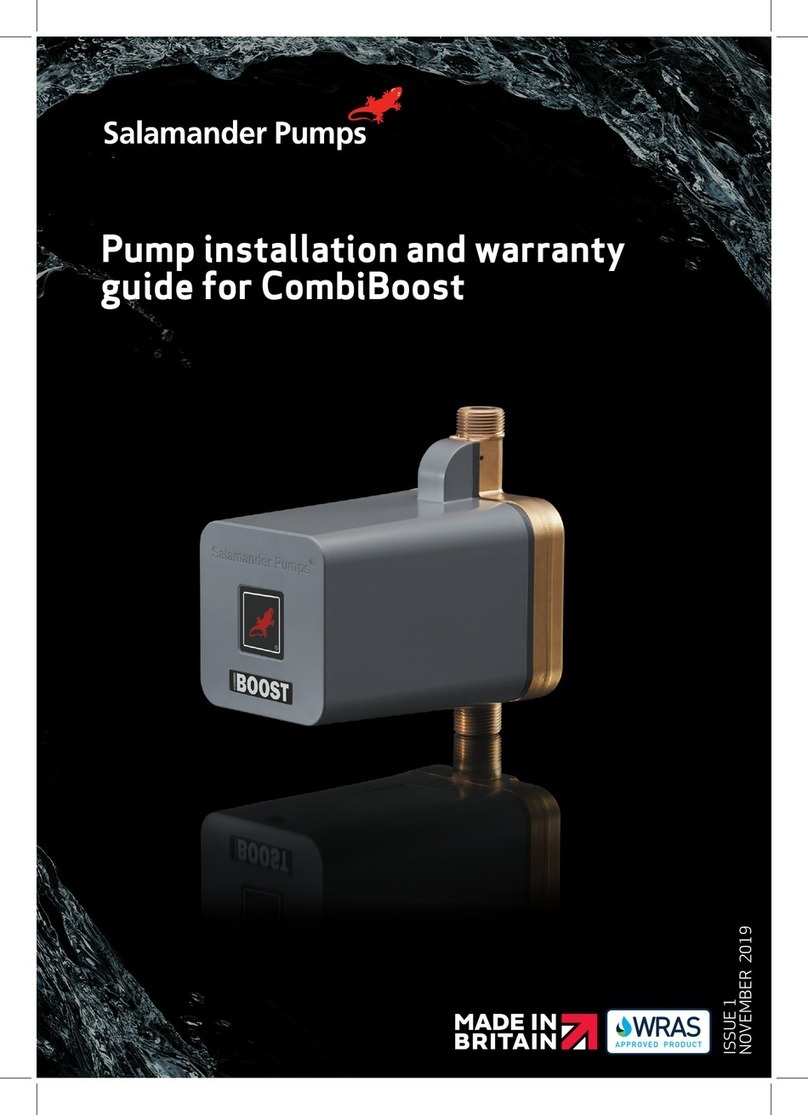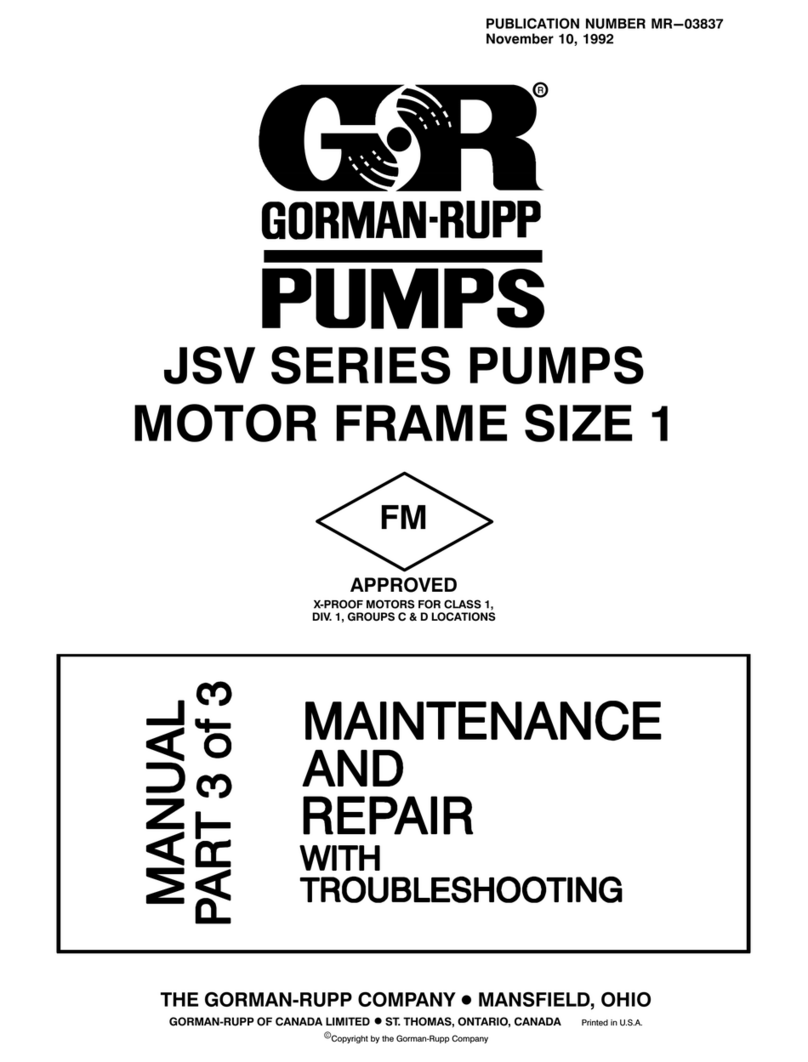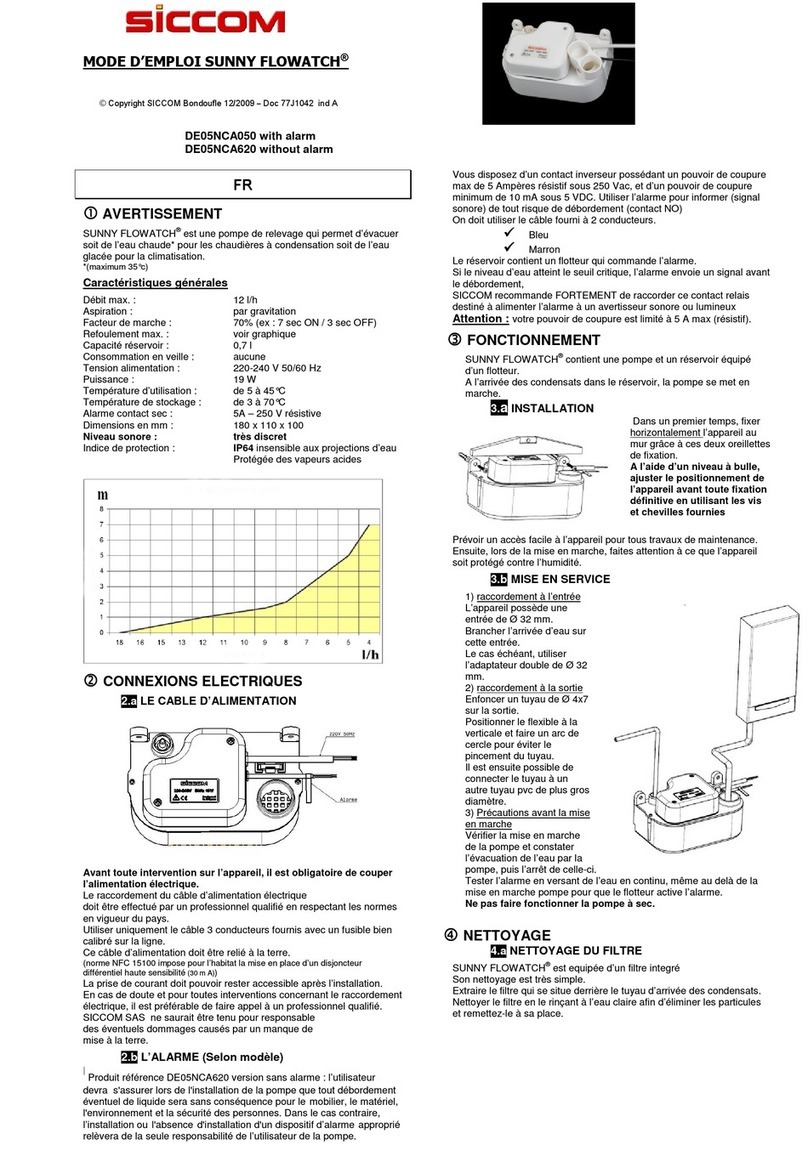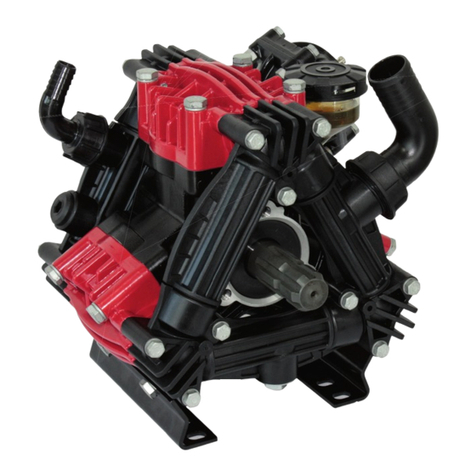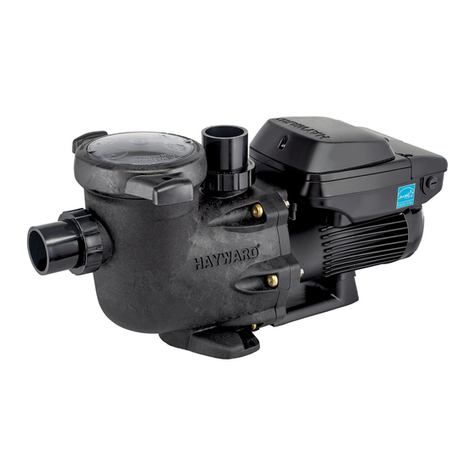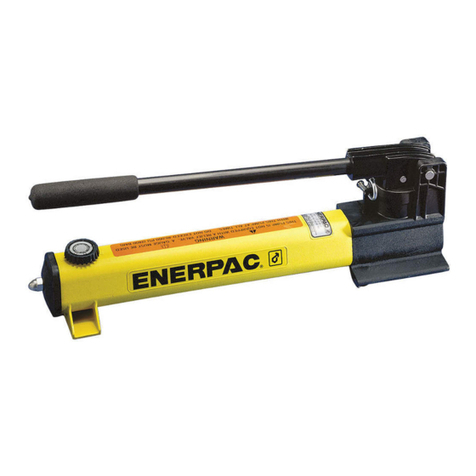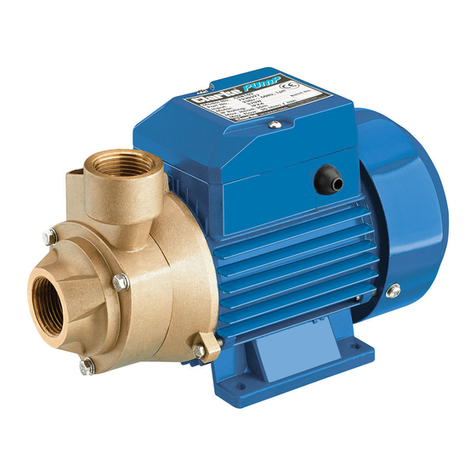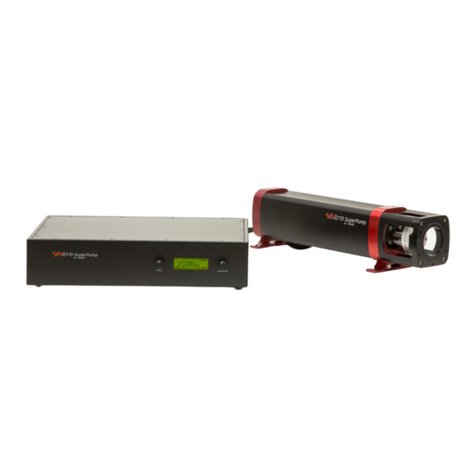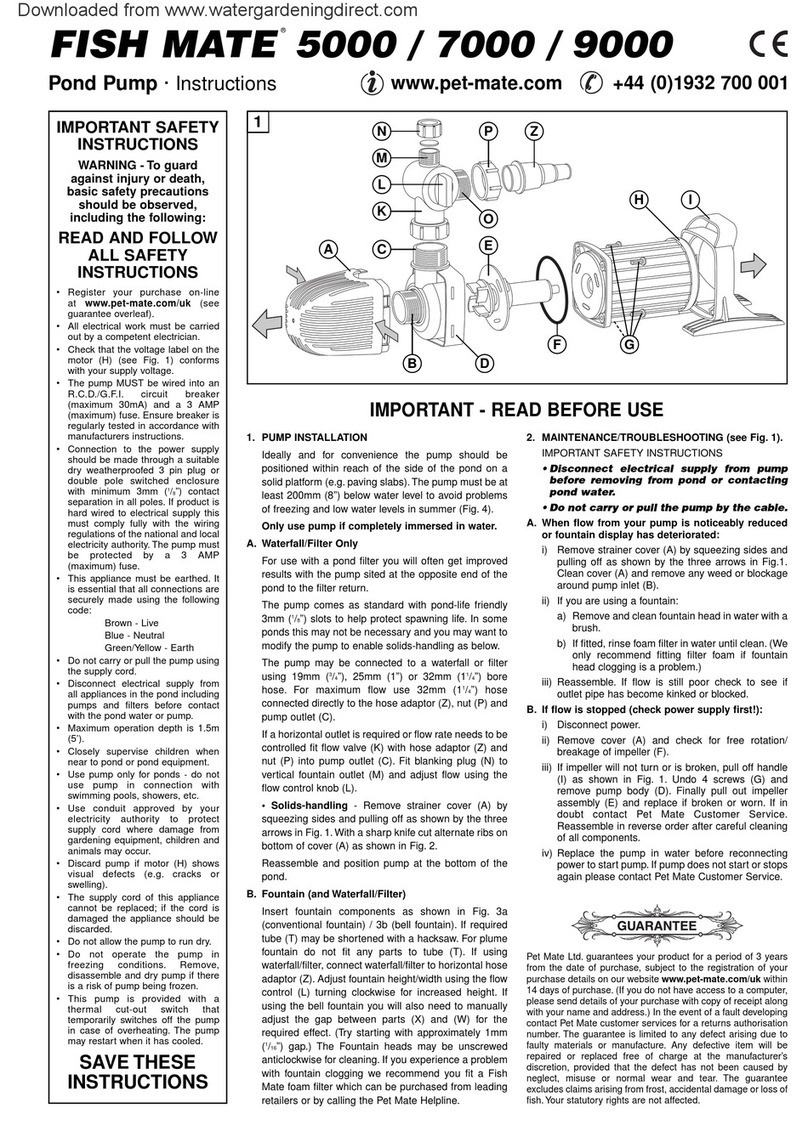PUMP OPERATION
Source of water supply
Water may be drafted from a pond, lake, stream, cistern, stock tank, or well but, whatever the
source, the static lift must not exceed 6 metres (20ft) from the center of the pump to the surface
of the water, and a lift not exceeding 3 metres (10 ft) is recommended. The source of supply
should be reasonably clear and free from foreign matter. It is recommended that all water
holes, which may be needed for fire protection, be deepened if necessary and kept free from
weeds and refuse. In many fire protection areas, cisterns or reservoirs are built and allowed to
fill up with rain water to allow them to be used in emergencies.
Pumping in cold weather
The first insurance against cold weather trouble is to keep fire apparatus stored in heated
quarters. All water must be eliminated from pump casing and primer line between periods of
operation.
When setting up for pumping, unnecessary delays should be avoided by having thoroughly
trained pump operators. Be sure that the primer and hose lines are kept closed until ready for
use. Have hose lines ready so that the pump may be started as soon as it has become primed.
Do not stop flow of water through the pump until ready to drain and return to station.
When finished pumping
Drain water out of pump casing immediately. (Drain valve is located at lowest point in pump
casing).
Do not forget to close the drain valve after all water has been drained out. Trouble in priming
will follow on the next run if this is forgotten.
Pumps not often used for fire service should be inspected and run periodically to ensure that
they will be in readiness for an emergency.
Pumping salt water
The pump should be flushed out with fresh water immediately after pumping salt water to
prevent excessive corrosion.
A centrifugal pump will show 2½ % higher pressure and require 2½ % more power when
handling seawater than when handling fresh water, if operated at the same speed and capacity.
Use of pump for emergency practices
It frequently happens that operators of a portable fire pump, who are not thoroughly familiar
with its operation, become confused under the stress of an emergency and neglect some small
detail that may cause trouble or delay in getting the equipment into operation. Therefore, we
strongly urge that practice tests be conducted repeatedly until operators are thoroughly trained.
More than one person in the brigade should be a competent operator.
Practice should include pumping from low lifts, high lift with short and long suction lines, with
suction line elevated to form an air trap, and from hydrants, at large and small capacities.
It is well, also, to note the effects of air leaks in hose, insufficient submergence and restriction
of suction line (suction line can be restricted by placing a can or strong closure around the
suction strainer).




















